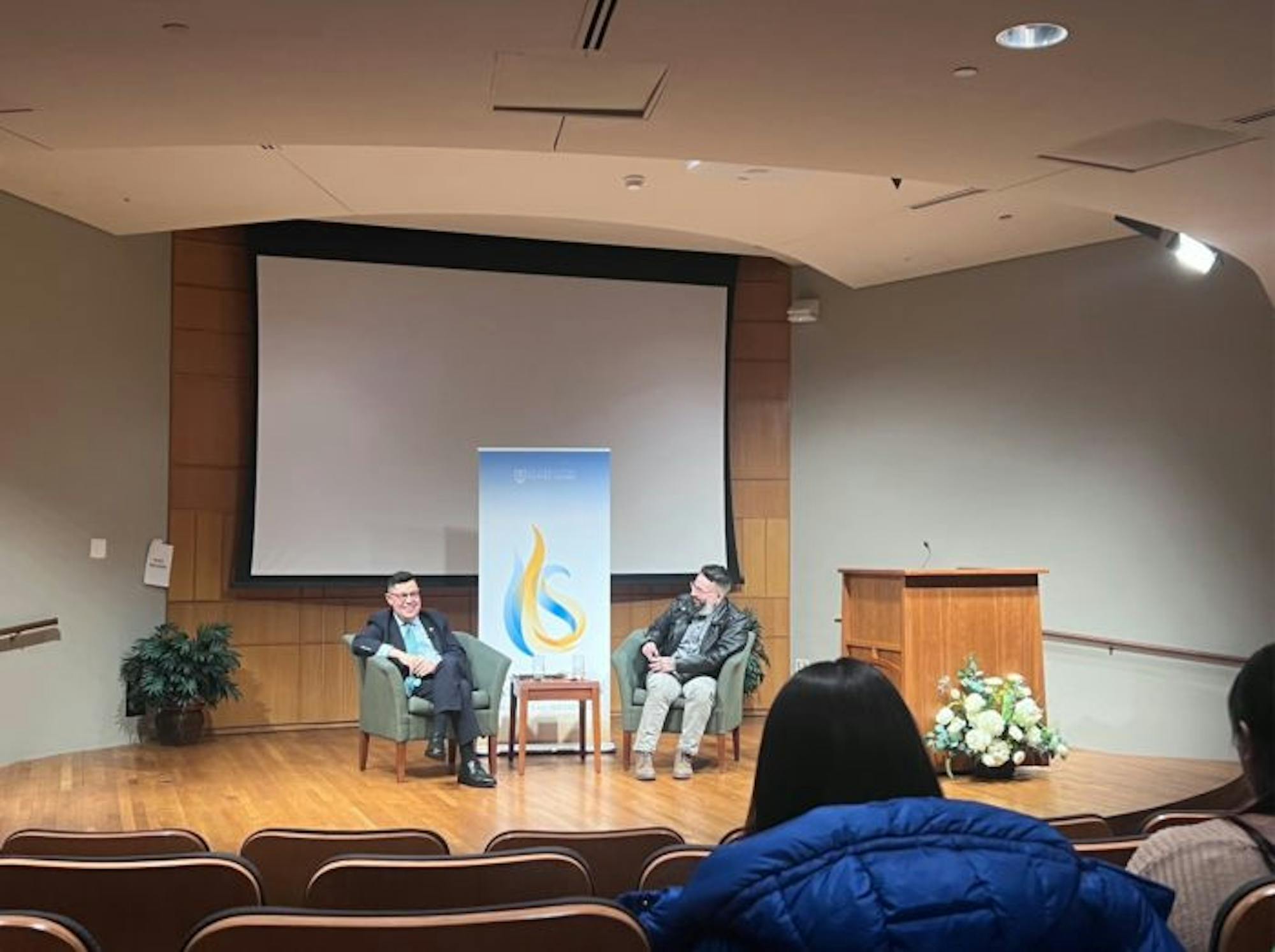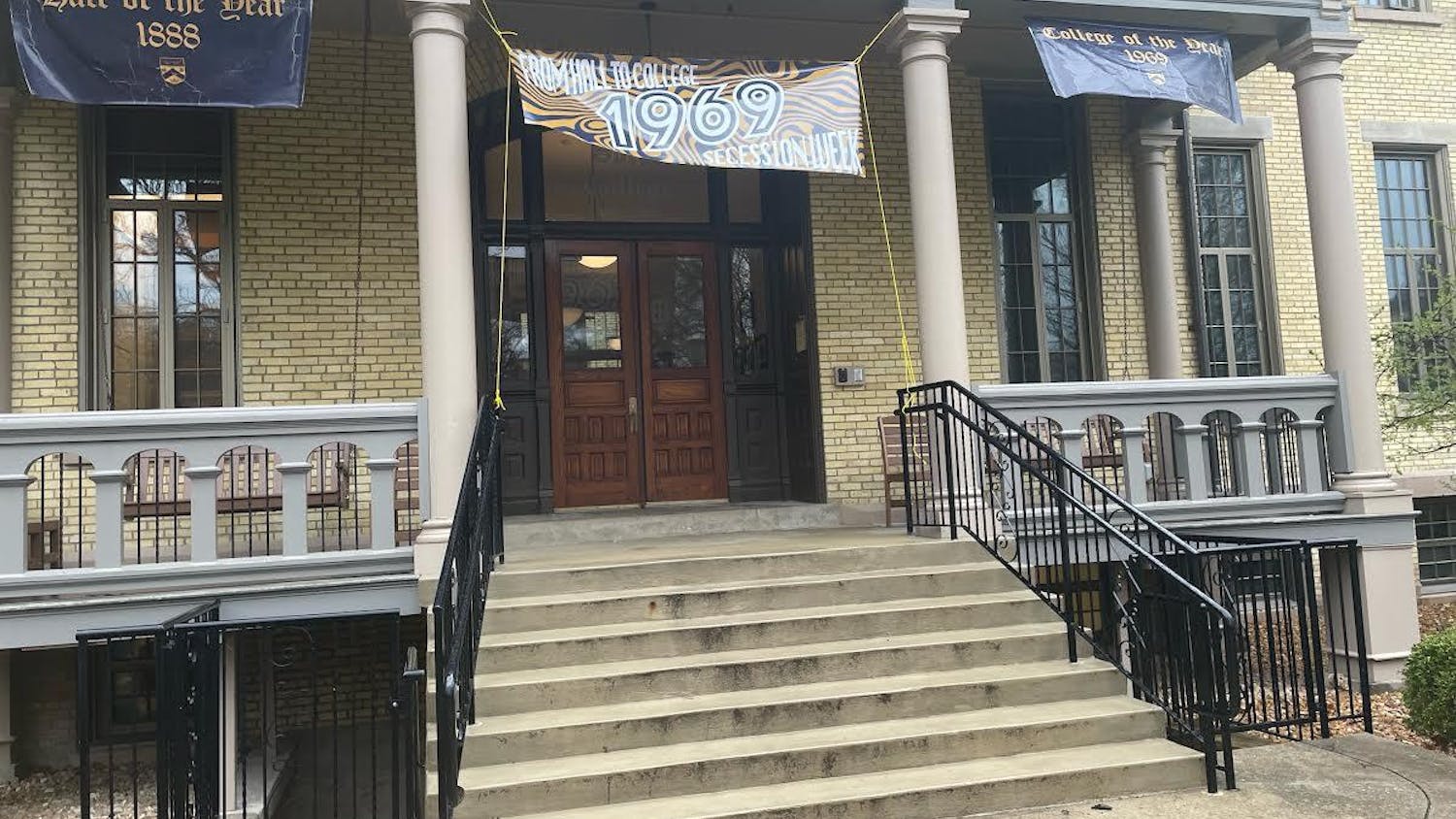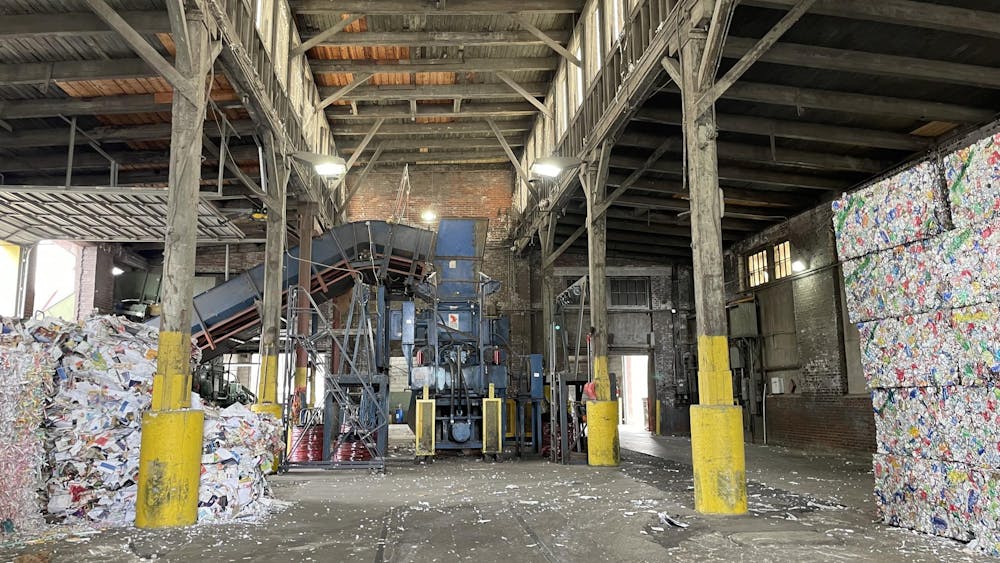The Institute for Latino Studies (ILS) at Notre Dame hosted a panel discussion Monday to discuss the recent fatal beating of Tyre Nichols, a 29-year-old Black man in Memphis, and other instances of police-perpetrated violence.
Luis Fraga, director of the ILS and professor of political science, moderated the conversation with professor of political science David Cortez. Cortez’s research centers on racial and ethnic identity, with a particular focus on Latinx people working in federal immigration enforcement. He also teaches a course on race and policing in America at Notre Dame.
Cortez said he first became interested in this area of research because of his personal experience with the police as a non-white person.
“Contact with the police is the primary way that people are in contact with the government,” Cortez said. He described instances of police pointing their guns at him, handcuffing him and slamming him to the ground.
When asked whether instances of excessive police force have become more common or whether they are just more apparent because of social media and body cams, Cortez said there is no clear answer.
“Recent studies suggest that fatal encounters with the police in the last several years are actually on the rise,” Cortez added. “That being said, scholars still maintain that fatal encounters with the police are exceedingly rare.”
Cortez explained that part of the reason behind this phenomenon is a lack of data. There are almost 18,000 separate police forces in the United States, and this decentralization makes data collection difficult.
“Even the national FBI data clearing houses have been shown to underestimate the number of fatal encounters between civilians and police,” Cortez said.
In his classes, Cortez asks his students to learn about a case where an unarmed civilian was killed by police, a list which he said grows each year. Furthermore, Black and Latinx people make up a disproportionate percentage of that list, according to Cortez.
“We should, however, still be very uncomfortable about police killing anybody in the line of duty,” Cortez said. “Because part of the arrangement that we have with police is essentially granting them the legitimate use of force, right? … And we entrust that the state is using that monopoly on justified violence appropriately.”
Despite this monopoly, Cortez said people should question “any loss of life” at the hands of the state, especially when it comes from an institution as decentralized and subject to biases as the police.
“The police, as an institution, are only as good as the society that they exist in,” Cortez said. “These police forces don't exist in a vacuum. They're subjected to the same history of racial oppression, anti-blackness, anti-brownness that exists in our culture.”
Following many instances of police-perpetrated violence, there are calls for a more diverse officer staff in an effort to reduce fatal encounters. Cortez cited the 1968 Kerner Commission Report, which President Lyndon B. Johnson established to investigate the 1967 riots, as an example of such recommendations. However, Cortez said the fatal beating of Nichols by five Black police officers suggests that this proposed solution might not hold up.
“There's no real sign, no definitive sign, that more diverse police agencies lead to better outcomes or better relations with black and brown or minority communities,” Cortez said. This does not mean that there are no benefits to more diverse police departments, he added, but that the issue is more complicated.
Cortez’s upcoming book, which is titled “Broken Mirrors: Latinx, La Migra and the Conflict of Being Both,” focuses on a case where Latinx people are both “the police and the policed.”
“Latinos make up nearly 30% of [Enforcement and Removal Operations agents], which is what we tend to think of when we think of ICE, and 50% of border patrol agents,” he said.
For the book, Cortez interviewed over 100 ICE agents, speaking to them for up to four hours, about their ethnic identity and their job.
“The agents themselves, though, exist in this really fascinating intersection of being … essentially either the descendants of immigrants or immigrants themselves, but also policing that act,” Cortez said.
Cortez highlighted that balancing this intersection is “a daily process,” which he views as analogous to the minority experience in the United States.
“So this is actually, I think, where my expertise might lie — thinking about policing as a two-way experience,” Cortez said. “It matters who we entrust with the kind of authority that we do to law enforcement officers. It matters how they think about themselves. It matters where they've come from.”












